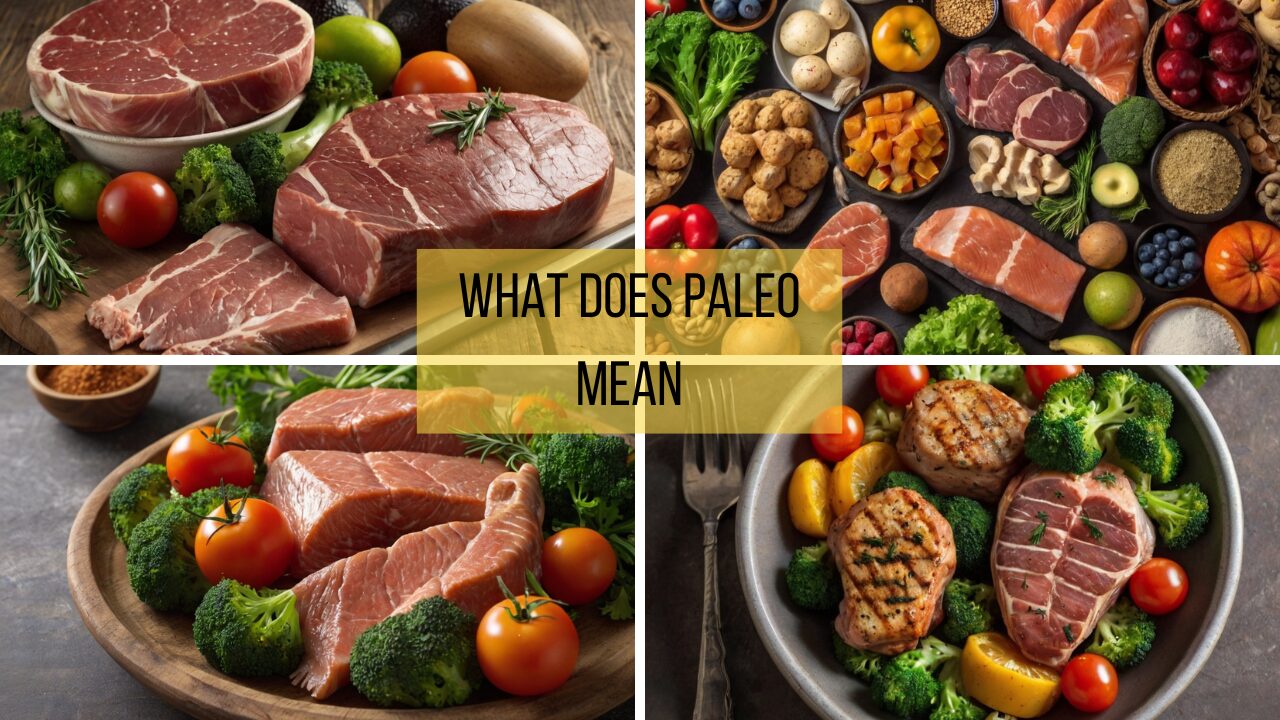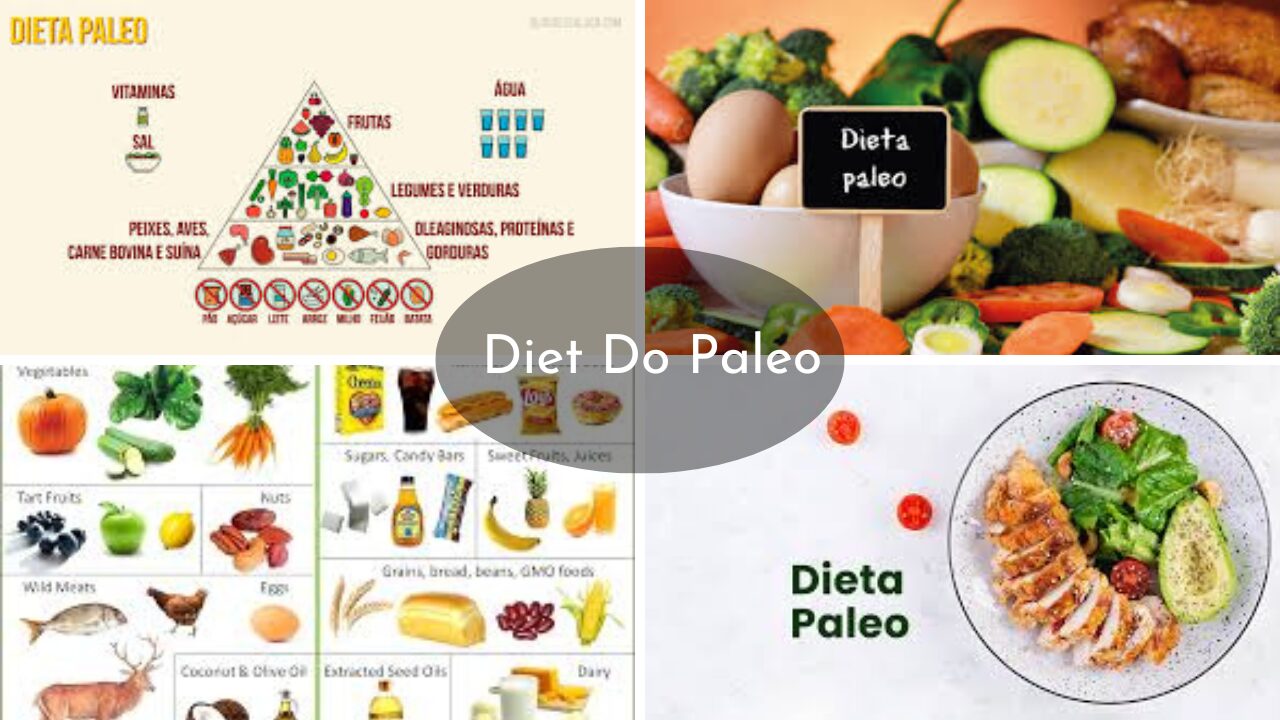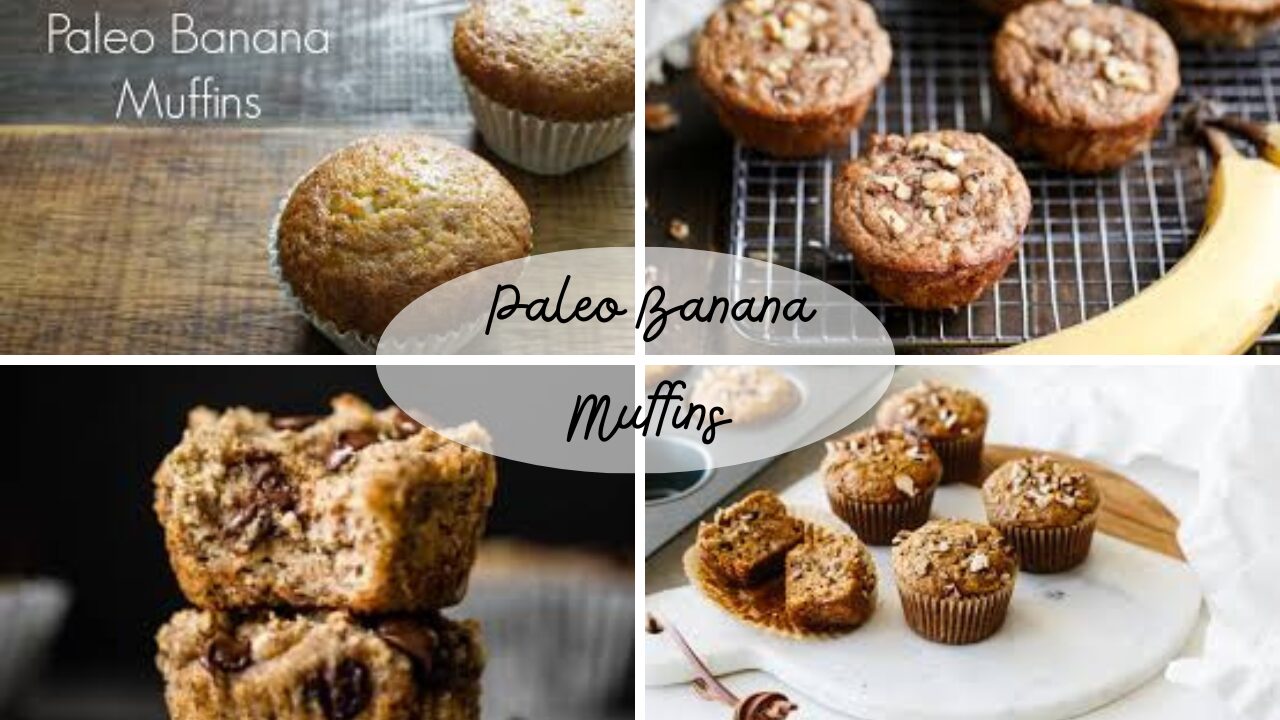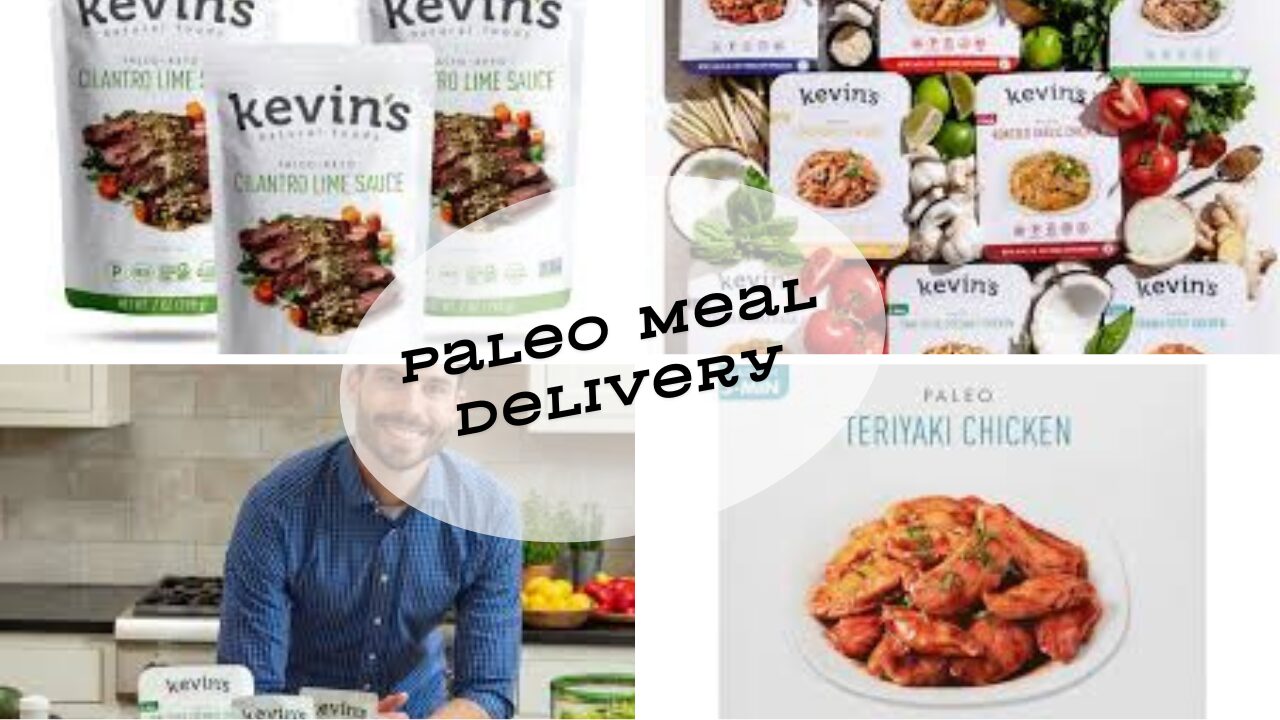What Does Paleo Mean? Understanding the Paleo Lifestyle
Have you ever wondered, “What does Paleo mean?” “Paleo” refers to the Paleolithic diet, also known as the caveman or stone-age diet. The emphasis on whole, unprocessed foods in this way of eating is a holdover from our ancestors’ diets. Maintaining a balanced diet that fits our evolutionary nature, raising energy levels, and enhancing health are all possible benefits of the Paleo lifestyle.
The Basics of the Paleo Diet
What is the Paleo Diet?
The Paleo diet is a dietary regimen centred on foods accessible to people in the Paleolithic epoch. These comprise:
- Lean meats
- Fish and seafood
- Fruits and vegetables
- Nuts and seeds
- Healthy fats and oils (e.g., olive oil, coconut oil)
Foods to Avoid on the Paleo Diet
To adhere to a Paleo diet, it’s essential to avoid certain modern foods that were unavailable to our ancestors:
- Processed foods
- Grains (e.g., wheat, rice, corn)
- Legumes (e.g., beans, lentils, peanuts)
- Dairy products
- Refined sugar
- Artificial sweeteners
Benefits of the Paleo Diet
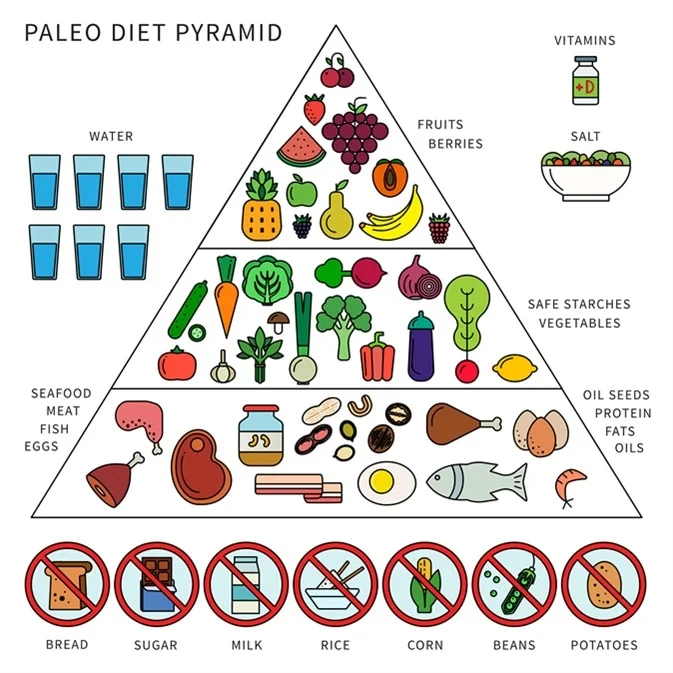
Improved Health and Well-being
Following a Paleo diet can lead to numerous health benefits, including:
- Weight loss
- Enhanced metabolic function
- Better blood sugar control
- Reduced inflammation
- Improved digestion
Nutritional Value
The Paleo diet stresses foods high in nutrients, which include vital vitamins, minerals, and antioxidants that promote general health.
Common Misconceptions About the Paleo Diet
It’s Just a Meat Diet
While the Paleo diet does include lean meats, it also encourages a balanced intake of fruits, vegetables, nuts, and seeds. It’s not solely focused on meat consumption.
It’s Difficult to Maintain
Proper planning and focusing on whole foods make the Paleo diet sustainable and enjoyable. Plenty of Paleo-friendly recipes and meal plans are available to help you stay on track.
How to Start a Paleo Diet
Step 1: Educate Yourself
Before starting a Paleo diet, take the time to understand its principles and benefits. Research Paleo recipes and create a meal plan that works for you.
Step 2: Stock Your Kitchen
Ensure your kitchen is stocked with Paleo-friendly foods. Remove any non-Paleo items to avoid temptation.
Step 3: Gradual Transition
Adopting a Paleo diet could be difficult. To start, progressively cut out non-Paleo foods and add more Paleo-friendly items to your meals.
Step 4: Stay Committed
Staying committed to the Paleo diet requires discipline and motivation. Remember the health benefits and how great you will feel as you continue to eat clean.
FAQs About the Paleo Diet
What does “Paleo” mean?
“Paleo” describes the 2.5 million-year-old Paleolithic epoch, which ended around 10,000 years ago. The Paleo diet derives from the feeding habits of our hunter-gatherer forebears during this era.
Is the Paleo diet suitable for everyone?
Though many individuals find the Paleo diet beneficial, not everyone will find it suitable, especially those with certain dietary requirements or medical issues. Major dietary adjustments should always be made after consulting with a healthcare provider.
Can you eat dairy on the Paleo diet?
No, dairy products are not seen as paleo. Dairy is off the diet because our Paleolithic forefathers did not eat it.
Are there any side effects of the Paleo diet?
Some people may experience side effects, such as fatigue, headaches, or digestive issues when first starting the Paleo diet. These symptoms often subside as the body adjusts to the new way of eating.
How can I ensure I’m getting enough nutrients on the Paleo diet?
To ensure you’re getting a well-rounded diet, focus on various Paleo-friendly foods. Incorporate different types of fruits, vegetables, nuts, seeds, and protein sources into your meals.

